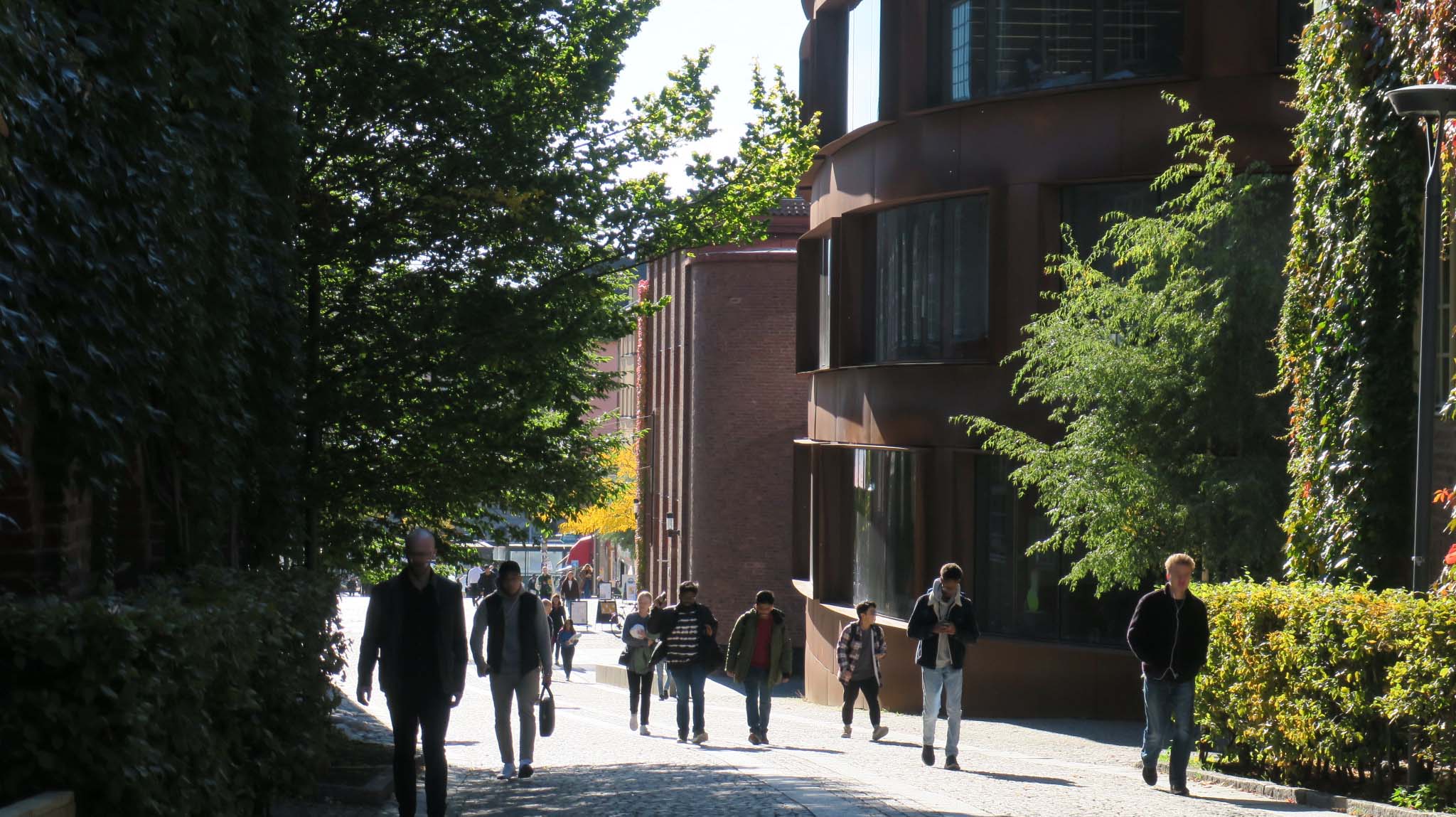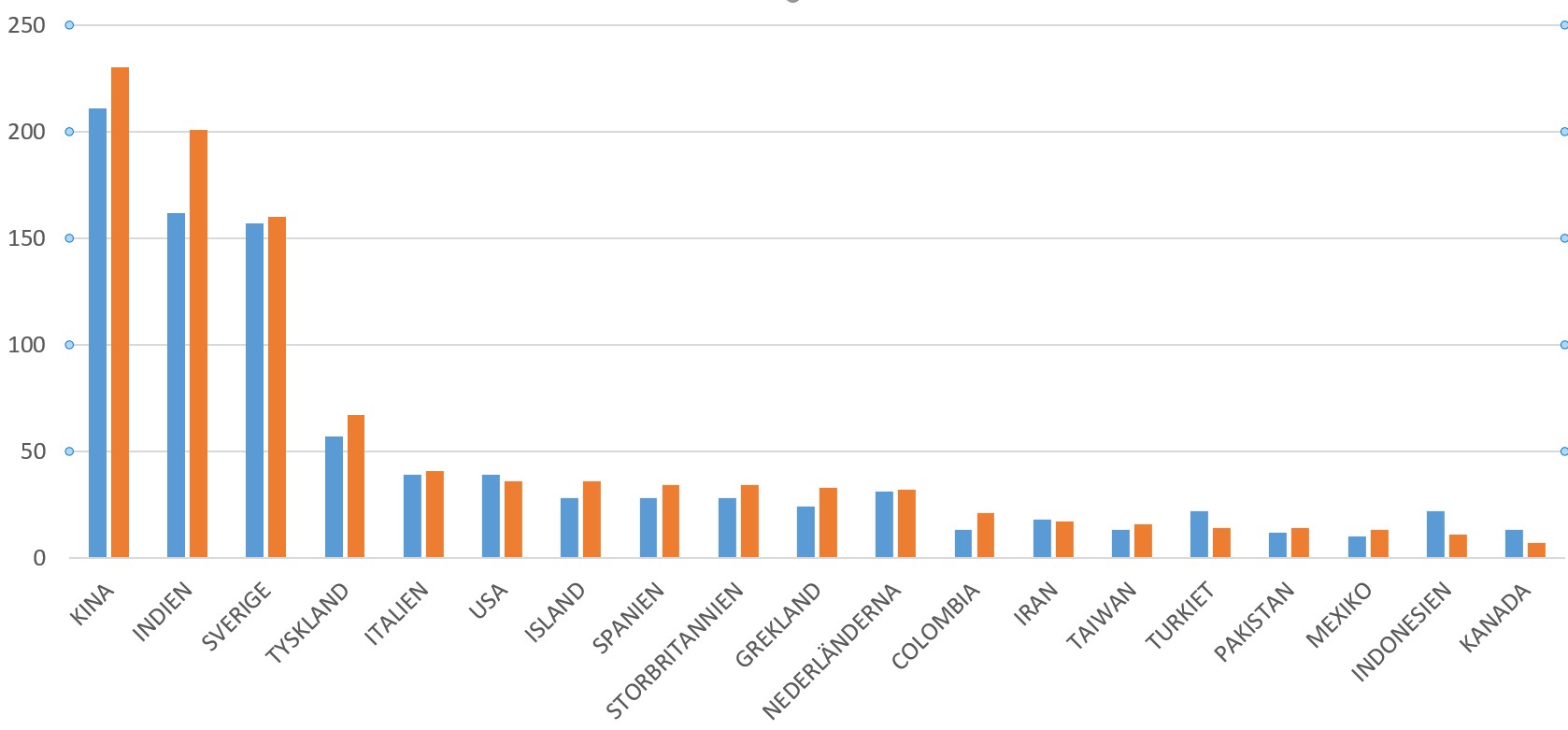International student enrollment returns to pre-pandemic level

International student enrollment at KTH Royal Institute of Technology returned to pre-pandemic levels this autumn, the university reports.
Attendance at universities around the world has been impacted by Covid-19 and KTH is no exception. But the numbers of admitted students from outside of Europe who registered and enrolled in the autumn 2022 term has bounced back to their 2019 levels, says Åsa Andersson, head of the student recruitment division at KTH Department of International Relations.
The number of fee-paying students from outside of the EU/EEA and Switzerland increased to 658 over the 2021 level of 581 in 2020 .Meanwhile the percentage of women in the master’s programmes at KTH has dipped a percentage point from its all-time high in 2021 (38 percent) to 37 percent. That number is significant for the university because it has been working systematically for more than a decade to increase the proportion of women on KTH engineering courses.
Andersson says the main reasons appear to be the easing of travel restrictions and lockdowns in most countries, as well as improved health outcomes from Covid-19 infections being reported over recent months.
While Sweden remained open to international students from the first autumn of the worldwide pandemic in 2020, many admitted students stayed home. But the campus resumed normal operations for the most part in 2021.
KTH invests extensive effort in attracting international students. The university makes its programmes visible digitally and physically at events worldwide, through advertising and through cooperation with relevant universities, embassies and scholarship organisations. KTH recruiters team up with student ambassadors to follow up with prospects through interactive communications such as social media, webinars and fairs. (See sidebar: Reaching Out)
Internationalisation benefits KTH in key ways, Andersson says. It enables the university to draw from a bigger talent pool. “Sweden is a small country and qualified students and faculty are available worldwide,” she says. “Also the international students contribute to a diversified classroom and a multicultural campus, which is a KTH priority and important when it comes to introducing different perspectives in the education.”

